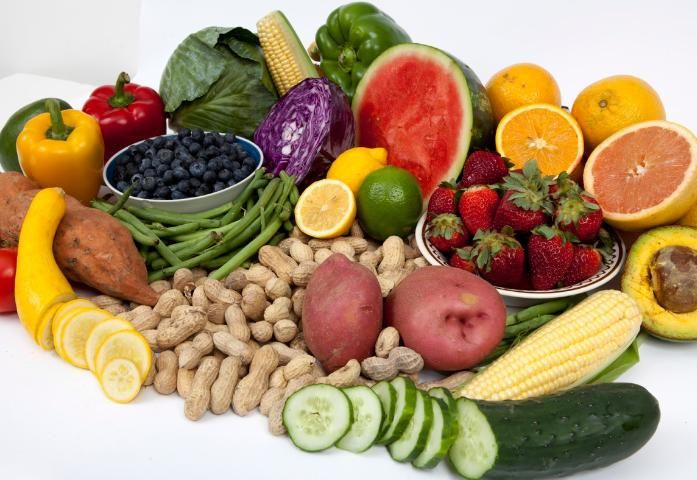To view this full document in PDF form, click here.
Introduction
As Florida's population continues to increase, there are more impacts to and competition for Florida's limited water resources. All Floridians can take part in conserving and protecting these resources. The vegetable and agronomic crops industry is extremely diverse and covers many geographic regions of the state. According to the 2012 Florida Agricultural Statistics Service data, Florida ranks second behind California in fresh market vegetable production, with approximately 237,000 acres of vegetables and a farm value exceeding $2 billion in revenue. Agronomic crops, including sugarcane grown in south Florida and field crops grown primarily in north Florida, total approximately 986,000 acres.

The Federal Clean Water Act (FCWA) required states to assess the impacts of non-point sources of pollution on surface and ground waters and then to establish programs to minimize them. Section 303(d) of the FWCA also requires states to identify impaired water bodies and establish total maximum daily loads (TMDLs) for nitrate, phosphate, and total dissolved solids entering these water bodies. In Florida, the Florida Department of Agriculture and Consumer Services (FDACS) has established Best Management Practices (BMPs) based on research, field testing, and expert review to reduce the impact of agricultural production on surface and groundwater quality. BMPs are specific cultural practices aimed at reducing the load of a specific compound, while maintaining or increasing economical yields that have been determined to be the most effective and practicable means for maintaining or improving the water quality of surface and ground waters. At the same time, BMPs should not become obstacles to vegetable and agronomic row crop production. Instead, BMPs should be viewed as a means to balance economical vegetable and agronomic row crop production with environmental responsibility.
The BMPs that apply to production of vegetable and agronomic crops in Florida are described in Water Quality/Quantity Best Management Practices for Florida Vegetable and Agronomic Crops. This manual was developed by FDACS in 2005 and revised in 2015 through a cooperative effort between state agencies, water management districts and commodity groups, and under the scientific leadership of the University of Florida's Institute of Food and Agricultural Sciences (UF/ IFAS). The manual has undergone a thorough scientific review. The manual may be consulted online at http://www.freshfromflorida.com/Divisions-Offices/Agricultural-Water-Policy.
Benefits to enrolling in and implementing BMPs include a presumption of compliance with state water quality standards for the pollutants addressed by the BMPs. Even if additional numeric nutrient criteria become part of state standards, producers who enroll in and implement the BMPs still have the presumption of compliance and the eligibility for cost-share for certain BMPs (as available). The vegetable and agronomic crop BMPs have adopted all current UF/IFAS recommendations, including those for fertilizer and irrigation.
Through the implementation of a series of targeted cultural practices discussed in this production guide, growers should be able to reconcile economic profitability and responsible use of water and fertilizer.
- Soil and tissue sampling and testing are key BMPs for fertilizer recommendations and soil pH adjustments. To better develop a production system based on these tests, proper sampling practices and test interpretations are provided in this guide.
- The use of drip, overhead, and center pivot irrigation is increasing in Florida but must be managed correctly to improve water-use efficiency and not leach nutrients from the soil. Information on irrigation management methods and automation are discussed.
- Use of alternate fertilizer materials to retain nutrients in the soil but allow adequate supply for crop uptake—such as the use of controlled-release fertilizers and composts—are discussed in this production guide. At the field level, adequate fertilizer rates should be used together with irrigation scheduling techniques and crop nutritional status monitoring tools (i.e., soil tests, leaf analysis, petiole sap testing).
Use of these BMPs ensures that adequate fertilizer rates may be achieved by combinations of UF/IFAS recommended base rates and supplemental fertilizer applications.
For More Information
To view the full Nutrient Management of Vegetable and Agronomic Row Crops Handbook in PDF form, click here.